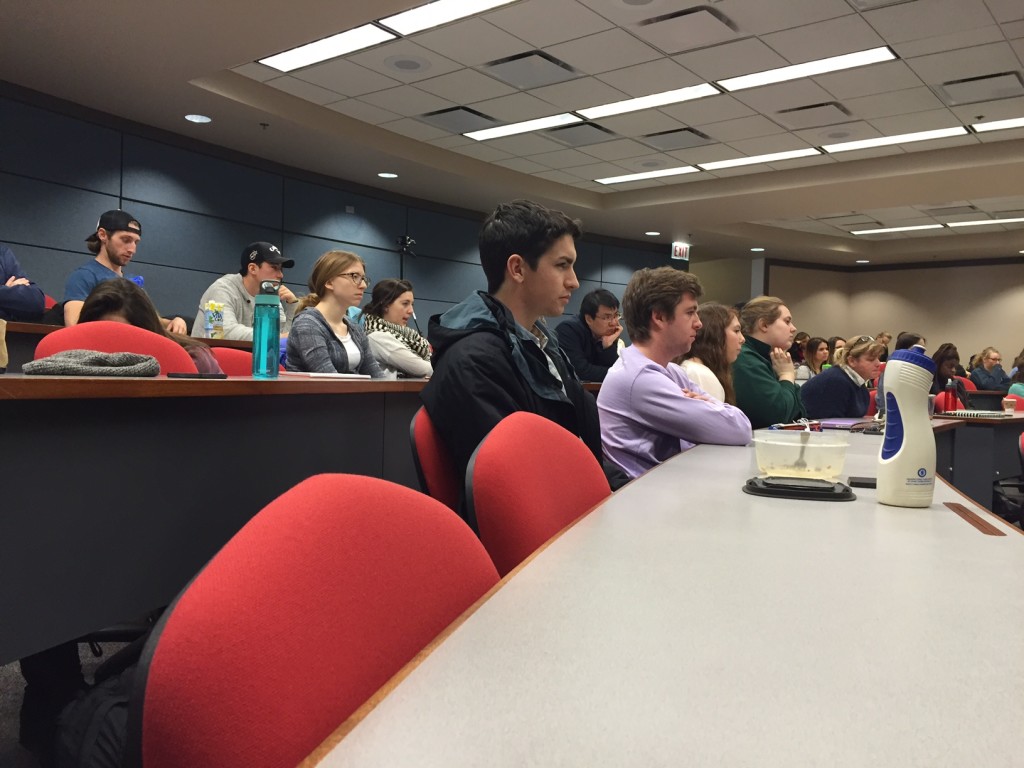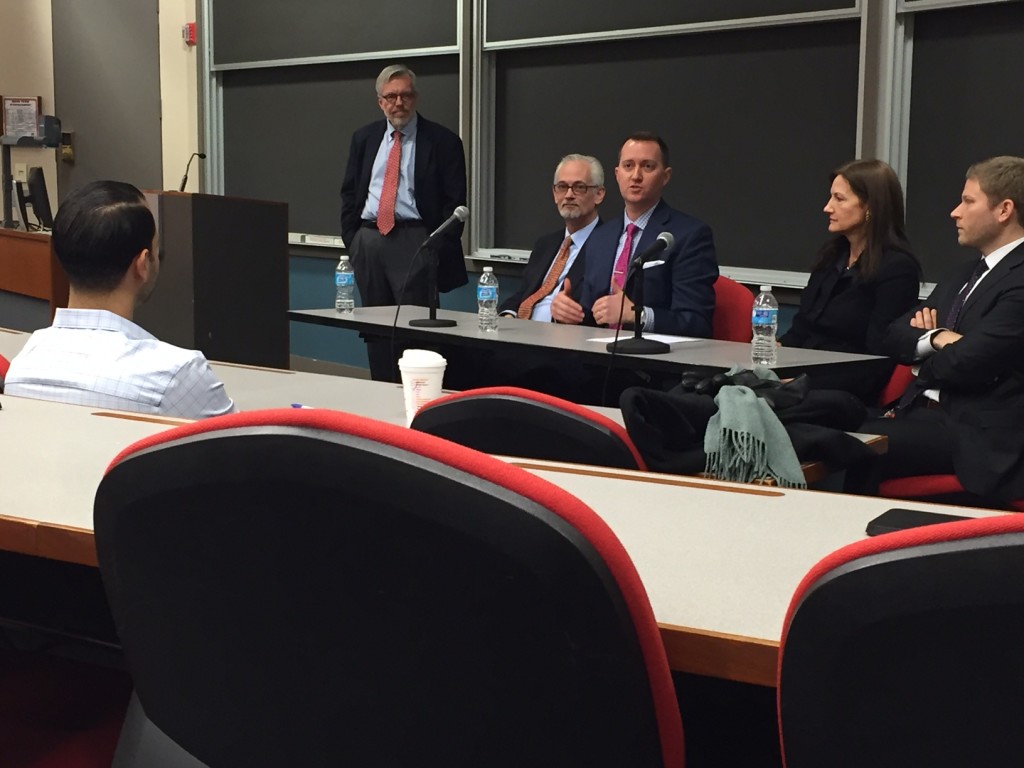Carson v. All Erection & Crane Rental Corp., 2016 WL 413161
A construction worker was injured when a crane malfunctioned and crushed his leg. He sued the rental company for negligence, claiming that they had a duty to inspect the crane and by failing to do so, caused the injury. The district court granted the rental company’s motion for summary judgment. The Court found that no reasonable jury could return a verdict in plaintiff’s favor. Following the accident, the crane was inspected. After hours of attempted accident reconstruction it was determined that the malfunction was intermittent, one that was difficult to replicate and difficult to detect. The malfunction involved the use of the crane’s cruise control.
In summary judgment the non-moving party is entitled to have all reasonable inferences drawn in their favor (Thornton v. M7 Aerospace LP, 796 F.3d 757, 769 (7th Cir. 2015)). The inferences drawn must be reasonable, thus a court may not draw an inference in the non-movant’s favor when the evidence on record leads to many equally speculative conclusions (Foster v. New York Central System, 402 F.2d 312, 313 (7th Cir. 1968)). Proven facts, not mere guess, conjecture, surmise, possibility or speculation, must be the basis for a finding or decision (Halkias v. Gary National Bank, 234 N.E.2d 652, 655 (Ind. App. 1968)). Finally, in the total absence of evidence or reasonable inferences on one or more of plaintiff’s essential elements, the defendant is entitled to summary judgement (Palace Bar, Inc. v. Fearnot, 381 N.E.2d 858, 861 (Ind. 1978)).
The Court assumed a duty to inspect, but held that no reasonable jury could find the rental company in breach for not conducting inspections at the same level as the accident reconstruction. Nonetheless, the Court assumed a breach and examined proximate cause. The Court found that the critical question was how often the crane’s cruise control was used prior to the accident. Plaintiff did not present any evidence as to the frequency that the cruise control was used. Without any record of the frequency, the inferences drawn would rely on mere speculation or conjecture and the plaintiff is not entitled to those.



